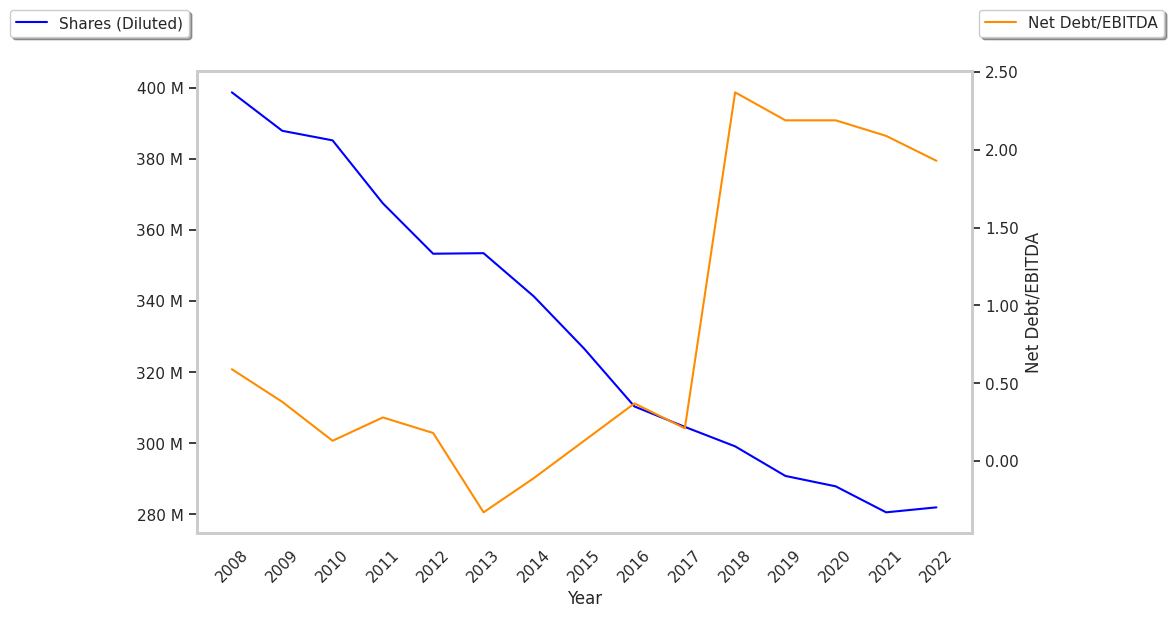One of Wall Street's biggest winners of the day is General Dynamics, a marine shipping company whose shares have climbed 6.7% to a price of $317.64 -- near its average analyst target price of $305.93.
The average analyst rating for the stock is buy. GD may have outstripped the S&P 500 index by 6.0% so far today, but it has lagged behind the index by 11.7% over the last year, returning 4.5%.
General Dynamics Corporation operates as an aerospace and defense company worldwide. The company belongs to the industrials sector, which generally includes cyclical companies -- with the exception of conglomerates whose business may span several industries. Cyclical companies experience higher sales during periods of economic expanision, and worsening outlooks during recessions.
General Dynamics's trailing 12 month P/E ratio is 22.1, based on its trailing EPS of $14.4. The company has a forward P/E ratio of 19.0 according to its forward EPS of $16.08 -- which is an estimate of what its earnings will look like in the next quarter.
The P/E ratio is the company's share price divided by its earnings per share. In other words, it represents how much investors are willing to spend for each dollar of the company's earnings (revenues minus the cost of goods sold, taxes, and overhead). As of the third quarter of 2024, the industrials sector has an average P/E ratio of 24.03, and the average for the S&P 500 is 29.3.
General Dynamics's financial viability can also be assessed through a review of its free cash flow trends. Free cash flow refers to the company's operating cash flows minus its capital expenditures, which are expenses related to the maintenance of fixed assets such as land, infrastructure, and equipment. Over the last four years, the trends have been as follows:
| Date Reported | Cash Flow from Operations ($ k) | Capital expenditures ($ k) | Free Cash Flow ($ k) | YoY Growth (%) |
|---|---|---|---|---|
| 2024 | 4,112,000 | 916,000 | 3,196,000 | -16.03 |
| 2023 | 4,710,000 | 904,000 | 3,806,000 | 9.84 |
| 2022 | 4,579,000 | 1,114,000 | 3,465,000 | 2.39 |
| 2021 | 4,271,000 | 887,000 | 3,384,000 | 17.05 |
| 2020 | 3,858,000 | 967,000 | 2,891,000 | 44.98 |
| 2019 | 2,981,000 | 987,000 | 1,994,000 |
- Average free cash flow: $3.12 Billion
- Average free cash flown growth rate: 5.5 %
- Coefficient of variability (lower numbers indicating more stability): 0.0 %
With its positive cash flow, the company can not only re-invest in its business, it can offer regular returns to its equity investors in the form of dividends. Over the last 12 months, investors in GD have received an annualized dividend yield of 1.9% on their capital.
Another valuation metric for analyzing a stock is its Price to Book (P/B) Ratio, which consists in its share price divided by its book value per share. The book value refers to the present liquidation value of the company, as if it sold all of its assets and paid off all debts.
General Dynamics's P/B ratio indicates that the market value of the company exceeds its book value by a factor of 3, so the company's assets may be overvalued compared to the average P/B ratio of the Industrials sector, which stands at 2.89 as of the third quarter of 2024.
With a Very low P/E ratio, an average P/B ratio, and generally positive cash flows with an upwards trend, we can conclude that General Dynamics is probably undervalued at current prices. The stock presents poor growth indicators because of its weak operating margins with a stable trend, and an inflated PEG ratio.



